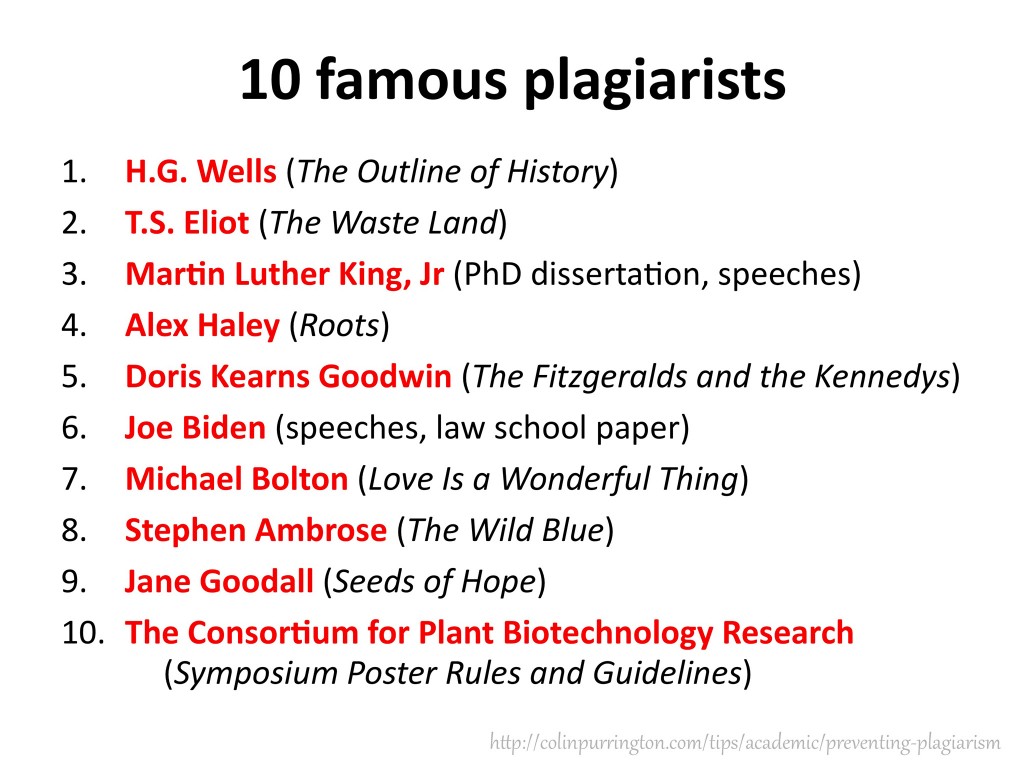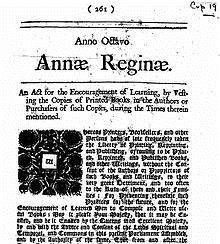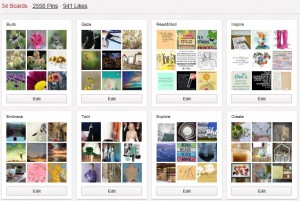Updated Sharing Resources found by Learners in PBS TeacherLine’s Library of Congress course
PBS Teacherline’s course, “Teaching with Primary Sources from the Library of Congress“ begins today (April 18), and I am grateful to facilitate this course!
This is a resource-rich course for educators, administrators, parents…anyone who wants to learn more about the Library of Congress and their resources. We also delve a bit into the topic of copyright, a timely topic at any time.
This post will be updated frequently as an archival record of the resources that we, as a class collective, discover as we explore the resources at the Library of Congress, https://www.loc.gov/. Please feel free to join our participatory partnership- leave a comment, share a resource you find, and/or the way(s) you will include Library of Congress resources in your instructional practice.
Library of Congress Blog: Selecting primary source documents for your classroom:
Part I
http://blogs.loc.gov/teachers/2011/07/selecting-primary-sources-part-i-knowing-your-students/
Part II
http://blogs.loc.gov/teachers/2011/07/selecting-primary-sources-part-ii-considering-historical-context/
Library of Congress Blog: Finding and use primary sources:
http://blogs.loc.gov/teachers/2012/05/library-of-congress-search-making-it-easier-to-find-and-use-primary-sources/
April 26 Update:
Jackdaws resource (David): https://www.jackdaw.
BreakoutEDU: https://www.breakoutedu.com/gamesold1/ (David)
Interactive Primary Source Analysis Tool: http://www.loc.gov/teachers/primary-source-analysis-tool/
Photographs and Prints: https://www.loc.gov/today/cyberlc/feature_wdesc.php?rec=7032
Analyzing Photographs and Prints: https://www.loc.gov/today/cyberlc/feature_wdesc.php?rec=7786
Code of Best Practices in Fair Use for Media Literacy Education: (Maureen) http://cmsimpact.org/code/code-best-practices-fair-use-media-literacy-education/ (Links to an external site.)Copyright and Primary Sources: (Maureen) http://www.loc.gov/teachers/usingprimarysources/copyright.html (Links to an external site.)
“Fair Use Is a Right” featuring the Dramatic Chipmunk: (Brent)
http://archive.cmsimpact.org/fair-use/video/fair-use-right-featuring-dramatic-chipmunk
The Constitution of the United States: The Teacher’s Guide: (Brent)
http://www.loc.gov/teachers/classroommaterials/primarysourcesets/constitution/
The Bill of Rights, ca. 1920. [Between and Ca. 1930] [Photograph] (Brent) Retrieved from the Library of Congress, https://www.loc.gov/item/2012645734/ (Links to an external site.).
“Miranda v. Arizona” (Brent) http://www.loc.gov/law/help/digitized-books/miranda-v-arizona/miranda-learn-more.php (Links to an external site.)
Block, H. (1987) “Let me jog your memory”. , 1987. 2/20. [Photograph] (Brent) Retrieved from the Library of Congress, https://www.loc.gov/item/2012641944/
CMSI: http://cmsimpact.org/code/code-best-practices-fair-use-media-literacy-education/
ACLU: https://www.aclu.org/issues/free-speech/intellectual-property (Links to an external site.)
DMCA: Retrieved from: https://www.congress.gov/bill/105th-congress/house-bill/2281 (Links to an external site.)







